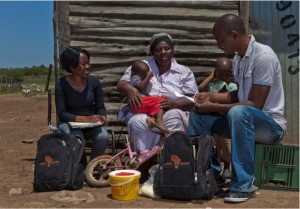Strand 3 Demographic datasets
 Highlighting existing data and ongoing studies that can be used to understand intergenerational relationships and support in the global south.
Highlighting existing data and ongoing studies that can be used to understand intergenerational relationships and support in the global south.
The organizers welcomed papers that summarize information about existing datasets or ongoing studies intergenerational relations and support. Data need not be publicly available but please describe the procedures for data access and scope for potential collaboration.
Discussants
Brigida Garcia, Vicky Hosegood, Sarah Randall
Data on intergenerational relationships and support: The Mekong Integrated Population-Registration Areas of Cambodia (MIPRAoC)
Patrick Heuveline (University of California, Los Angeles)
Families in Asia: A Cross-National Comparison of Inter-generational Co-residence
Albert Esteve Palos (Centre d’Estudis Demografics)
Chia Liu
SEE A VIDEO introduction to their paper on YouTube at: http://youtu.be/vB3pKW1AjUw
Health, wellbeing, and disability among older people infected or affected by HIV in Uganda and South Africa
Makandwe Nyirenda (Africa Centre), Marie-Louise Newell (Southampton), Joseph Mugisha (UVRI), Portia C. Mutevedzi (Africa Centre), Janet Seeley (East Anglia), Francien Scholten (UVRI) and Paul Kowal (WHO)
Published paper here
Strand 3 – Short Papers
Household structure and Child Health in Botswana
Oleosi Ntshebe (University of Southampton)
One Response to Strand 3 Demographic datasets